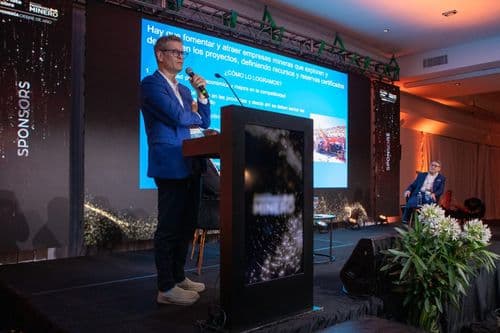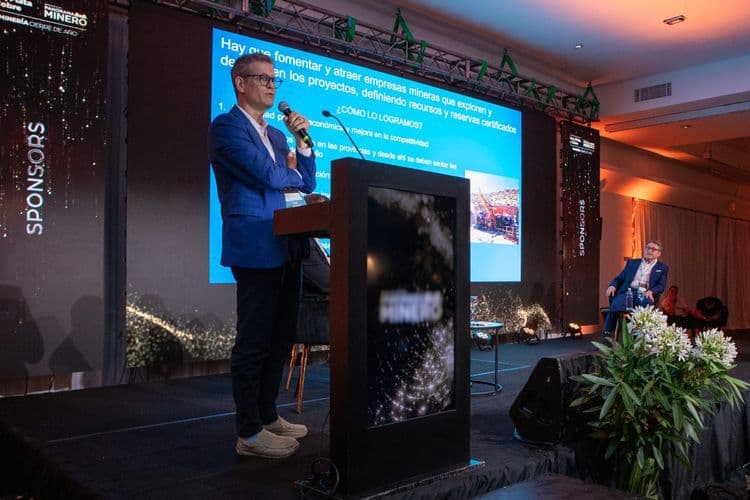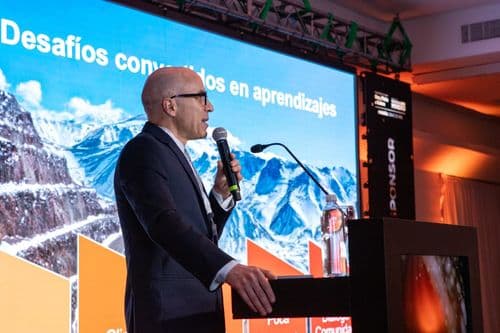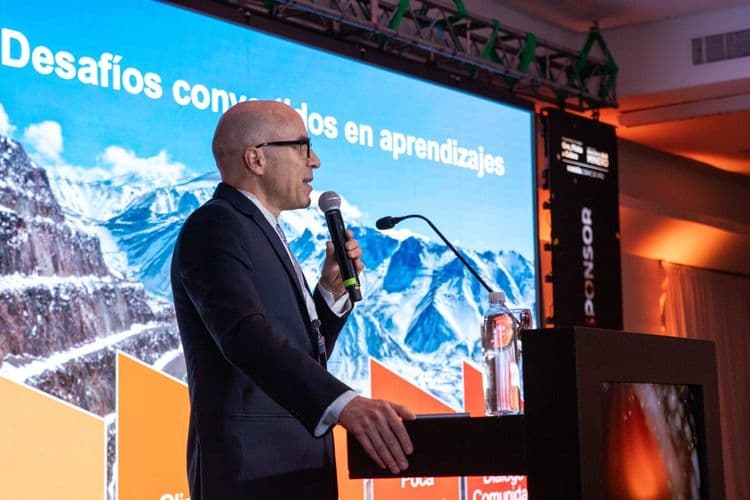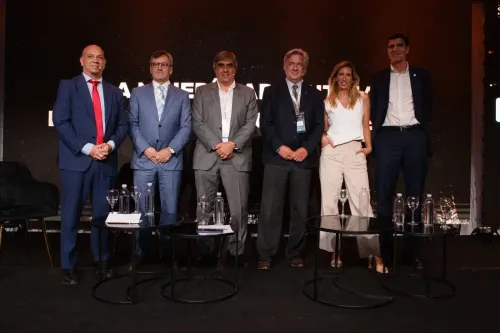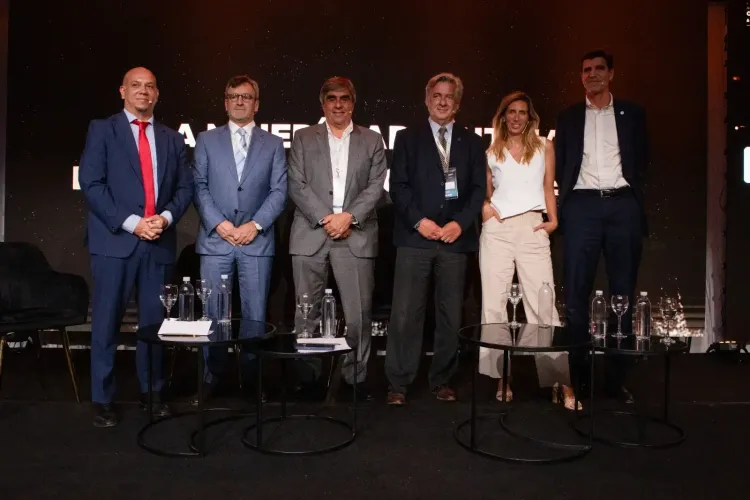A report by the Rosario Stock Exchange (BCR) indicates that projects submitted under Argentina’s Incentive Regime for Large Investments (RIGI) total US$ 33.876 billion, of which US$ 15.739 billion (46.5%) have been approved and another US$ 17.864 billion remain under review. The figure includes large-scale mining and energy initiatives from both domestic and international actors.
By Panorama Minero
Of the total investment requests, 98.3% are concentrated in the mining and energy sectors. Mining accounts for US$ 21.953 billion (64.8%), while energy projects represent US$ 11.337 billion (33.5%). Just US$ 586 million (1.7%) correspond to other sectors.
Sectoral and Regional Breakdown
Within mining, 73% of the requested funds (US$ 16.011 billion) are still pending approval. Copper projects make up the same proportion—73%—of total mining investments, while lithium accounts for roughly US$ 4.665 billion. Most of these initiatives are located in the provinces of San Juan, Catamarca, Salta, and Jujuy, key jurisdictions for Argentina’s lithium triangle and emerging copper belt.
Among the approved mining projects is Los Azules, located in San Juan province, with an estimated investment of US$ 2.672 billion. The copper project is one of the first to enter the RIGI framework.
In energy, two projects dominate the proposed capital: the natural gas liquefaction plant led by Pan American Energy and Golar LNG (US$ 6.878 billion), and the Vaca Muerta Sur oil pipeline (US$ 2.486 billion). Both are based in the Neuquén Basin, Argentina’s leading unconventional hydrocarbon region.
Approvals and Pending Reviews
So far, 8 projects have been approved, all meeting the requirement of more than 20% local supplier participation, as outlined in Argentina’s Base Law. Only one project has been rejected, for US$ 273 million. At least 12 additional projects remain under review, representing an estimated US$ 17–18 billion in potential investments.
According to the BCR, the challenge lies not in project submissions, but in the pace of approval and execution. The actual impact on exports, employment, and foreign exchange will depend on how efficiently these projects are implemented and how consistent macroeconomic conditions remain.
Conditions for Implementation
Previous estimates suggested that Argentina’s mining sector could receive around US$ 33.3 billion in investments by 2031, with the goal of tripling exports and doubling formal employment. Achieving those targets will require macroeconomic stability, regulatory clarity, and balanced fiscal and environmental frameworks.
Some reports suggest that the RIGI could be more effective if adjusted to include mature projects with shorter life spans or more flexible local content thresholds, which currently pose barriers for certain initiatives.
Current Outlook
As of now, the RIGI has accumulated a pipeline of projects worth over US$ 33 billion, focused largely on critical minerals (copper and lithium) and energy infrastructure (gas and oil transport). These projects have the potential to reshape Argentina’s export matrix in the coming years.
Their success, however, will depend on turning commitments into tangible outcomes: investment, production, exports, and employment. The regime’s long-term relevance will be defined not by its initial uptake, but by its ability to foster execution and deliver results across key sectors.




